 |
The assault force followed the trenches to approach the enemy positions on Him Lam hill and destroyed this important stronghold on the opening day of the campaign, March 13, 1954. Photo: VNA |
Trench warfare has never been considered a method of attack. Until the Dien Bien Phu campaign, the "trenching and encircling" warfare of the Vietnamese People's Army surprised the French colonialists and astonished the world military community, becoming a creative and unique form of warfare, contributing to the decisive victory of our nation.
Exploit the enemy's weaknesses and maximize our capabilities.
When the stronghold that the French army built at Dien Bien Phu gradually completed, many high-ranking French and American figures who visited agreed that this was an "impregnable fortress". The French built extremely solid fortifications and command bunkers, ensuring that they could withstand even 120mm mortar shells. Each stronghold had winding trenches and communication trenches connecting the strongholds together, along with many layers of barbed wire from 50 to 75 meters surrounding it. In addition, there were dense minefields and mobile forces with very strong firepower systems. Every attack by our troops on the field had to overcome the firepower of aircraft, artillery, tanks and counterattacks of mobile troops, including paratroopers, before facing direct fire, barbed wire fences and minefields of the stronghold itself.
Regarding this tactic, Clausewitz, the classic military theorist, wrote: "It must be admitted that a large number of such (small) forts built close together, form a front of enormous strength, almost impregnable." (1)
Faced with the enemy's defensive enhancements, and at the same time clearly seeing our disadvantages if we deployed the "fight fast, win fast" combat method, General Vo Nguyen Giap, Commander-in-Chief of the campaign, was extremely concerned. We had to find a way to fight that was appropriate to the level of the troops, exploiting the enemy's basic weaknesses, minimizing the strength of our artillery and maximizing the combat capabilities of our troops and the features of our weapons. Finally, the General decided to postpone the opening date and change the combat strategy to "fight steadily, advance steadily". Instead of an attack on the entire stronghold, we would build a siege battlefield, divide the enemy, move artillery into safe positions, place the stronghold within range, control the airport, then conduct a series of siege battles, destroy each resistance center, and proceed to strangle the "Dien Bien Phu porcupine".
The attack plan was postponed for more than a month compared to the original. During that time, we consolidated the rear and logistics, especially focused on building offensive positions, digging encirclement trenches, and tightening the siege around Dien Bien Phu. Besides the old enemy base, a “second base, a mobile base” had been formed. This rapidly growing giant ring was the “noose” that would decide the fate of the “steel porcupine” Dien Bien Phu.
Tighten the siege
The main Muong Thanh airport is considered the “throat” and the big throat of the Dien Bien Phu stronghold. On average, every day, nearly 100 times, transport planes from Cat Bi airport (Hai Phong), Gia Lam ( Hanoi ), supply about 200 - 300 tons of goods and parachute about 100 - 150 tons for the French troops in Dien Bien Phu through Muong Thanh airport. If we can control this air bridge, we will force the French troops into a difficult situation.
As early as March 23, 1954, that is, only 10 days after the campaign began, Muong Thanh airport was within the precise sights of our artillery from the positions and trenches that we surrounded and divided. By March 30, the planes could not approach the airport and could only supply it by parachute. On the afternoon of April 22, 1954, our troops had completely taken control of Muong Thanh airport. General Nava - Commander-in-Chief of the French army in Indochina had to admit in despair: “The enemy tried to penetrate closer and closer to the stronghold. Their trenches appeared all around, especially on the eastern side. Neither our counter-battery nor our bombing could silence the Viet Minh's anti-aircraft and ground artillery.” (2)
The reality of the battlefield shows that the more fierce the battle, the more valuable the trenches become. Our army's trenches are not only a defensive line, providing safe shelter for our troops, they also surround, divide, limit enemy reinforcements, prevent their supplies, and at the same time help us to develop all sizes of firepower to threaten the central area, creating conditions for our army to approach and attack the enemy.
The trenches were built mainly at night and deployed simultaneously on the entire front. This was truly a battle full of hardship and sacrifice. Our soldiers had to work hard, using manual digging tools in harsh climate and weather conditions, right under the heavy artillery fire of the French army.
When the trenches stretched for dozens of kilometers across the fields, our troops had no way to camouflage themselves to hide from the enemy. Every inch of trench land began to be paid for in blood. Enemy artillery fired all night into our trenches that they had discovered during the day. Aircraft continuously dropped parachute flares to discover new targets for bombing. The enemy sent troops to nearby positions, knocked out our guards, filled up sections of trenches, and planted mines to prevent our troops from digging further. The process of building offensive positions, digging encircling trenches, and tightening the siege became a fierce battle between us and the enemy.
But the trenches were like drills, rushing from many directions towards the enemy's strongholds in the central area, tightening more and more, with an unstoppable force. All the enemy's sabotage tricks failed.
 |
| On the afternoon of May 7, 1954, the "Determination to Fight - Determination to Win" flag of the Vietnam People's Army flew on the roof of General De Castries' bunker. The historic Dien Bien Phu campaign was a complete victory. Photo: VNA file |
During the Dien Bien Phu campaign, our troops dug two types of trenches: one was the axis trench, used for infantry movement, artillery movement, and transportation of wounded soldiers, forming a wide circle, surrounding the enemy's central sector; the other was the infantry approach trench, starting from the units' positions in the forest and pouring into the fields, cutting across the axis trench, advancing into the enemy positions that we intended to destroy. Along the infantry trenches, there were anti-personnel artillery pits, shelters, combat trenches, and gun emplacements, which were also places where our troops met, played, and entertained themselves. The trenches were 1.7m deep (as deep as a person's head), the bottom of the axis trench was 1.2m wide, and the bottom of the infantry trench was 0.6m wide. In terms of length, it was initially estimated on the map to be about 100km, but during the campaign, our troops had to dig twice as long, to more than 200km, entirely by human power. The first day the shovel blade was shiny and round, but by the time the trench was finished digging and the enemy was approached, the blade was worn out, leaving only a small piece of iron, curved like a crescent moon.
While the French army had to live in terrible conditions of deprivation, our army had quite rich living conditions. Thanks to the divided battlefield, we also captured many supplies from the French army, including very necessary items for us such as 105mm bullets, mortar shells, dry serum, food... Not only did it make the French army fall into a desperate situation, and finally completely defeated on May 7, 1954, the "Encircle, encroach, attack, destroy" tactic in the Dien Bien Phu campaign contributed to raising the level of Vietnamese military art to a new level, while contributing a creative and unique form of combat to the world's military art.
----------------------------------------------------
(1) “General Vo Nguyen Giap - Collection of Memoirs” op. cit., p. 948
(2) “The Time of Truths - Henri Navarre”, People's Police Publishing House, 2024.
Source


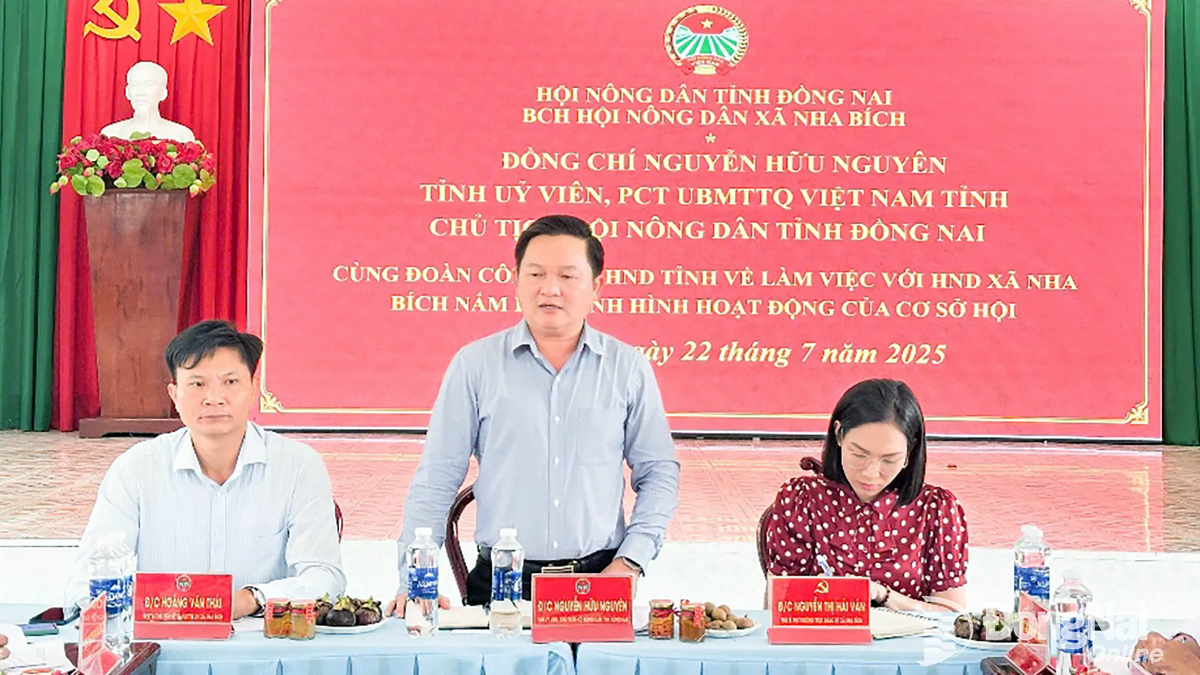
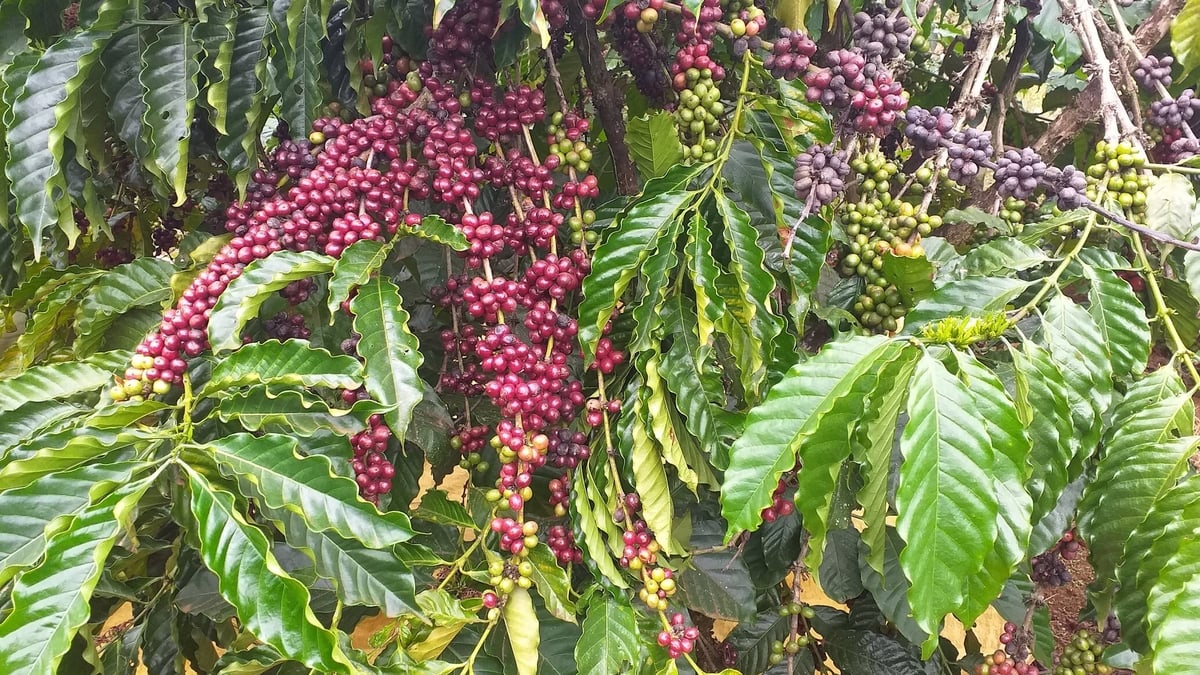

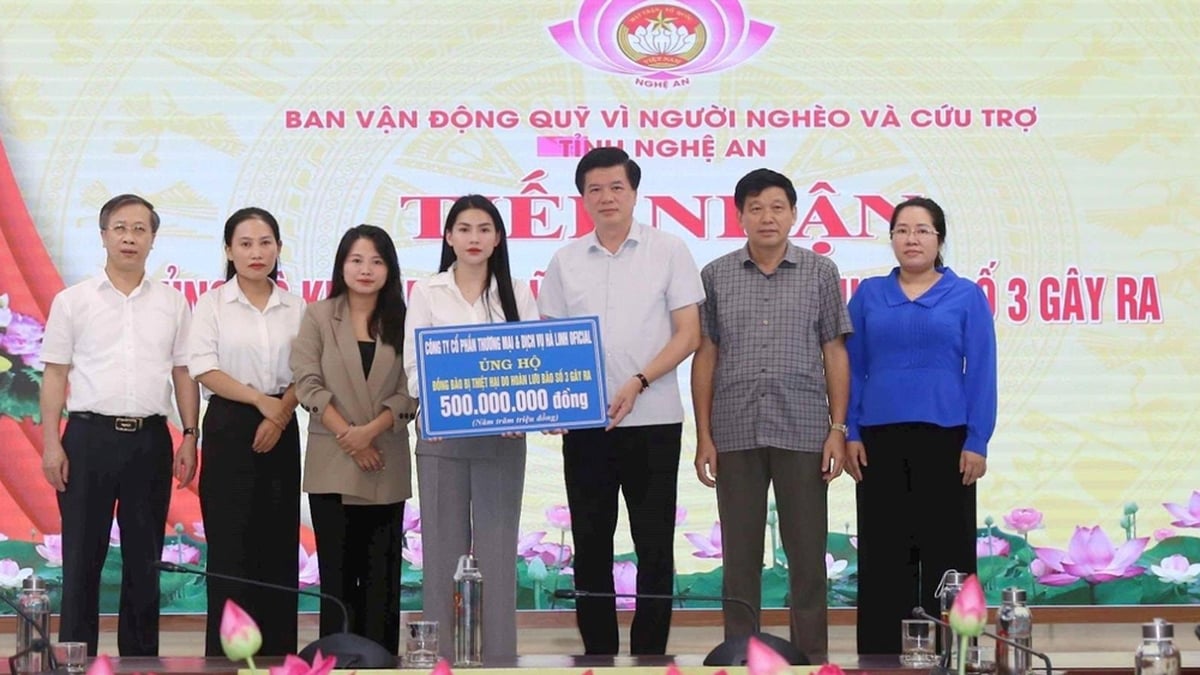
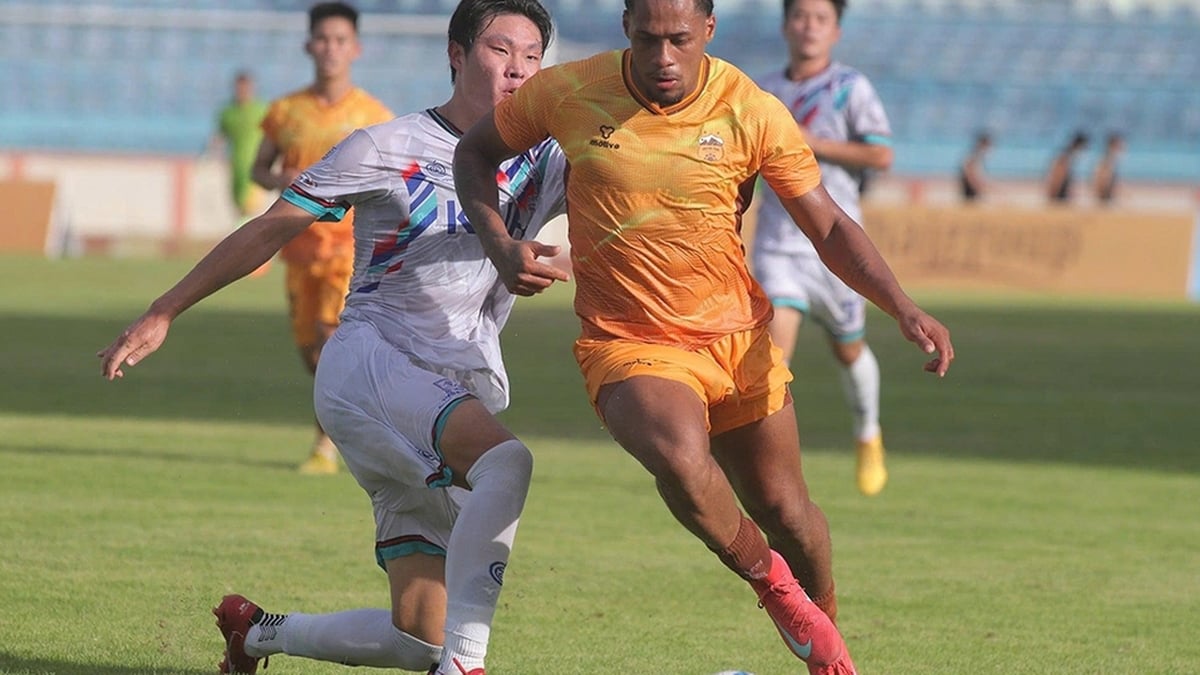
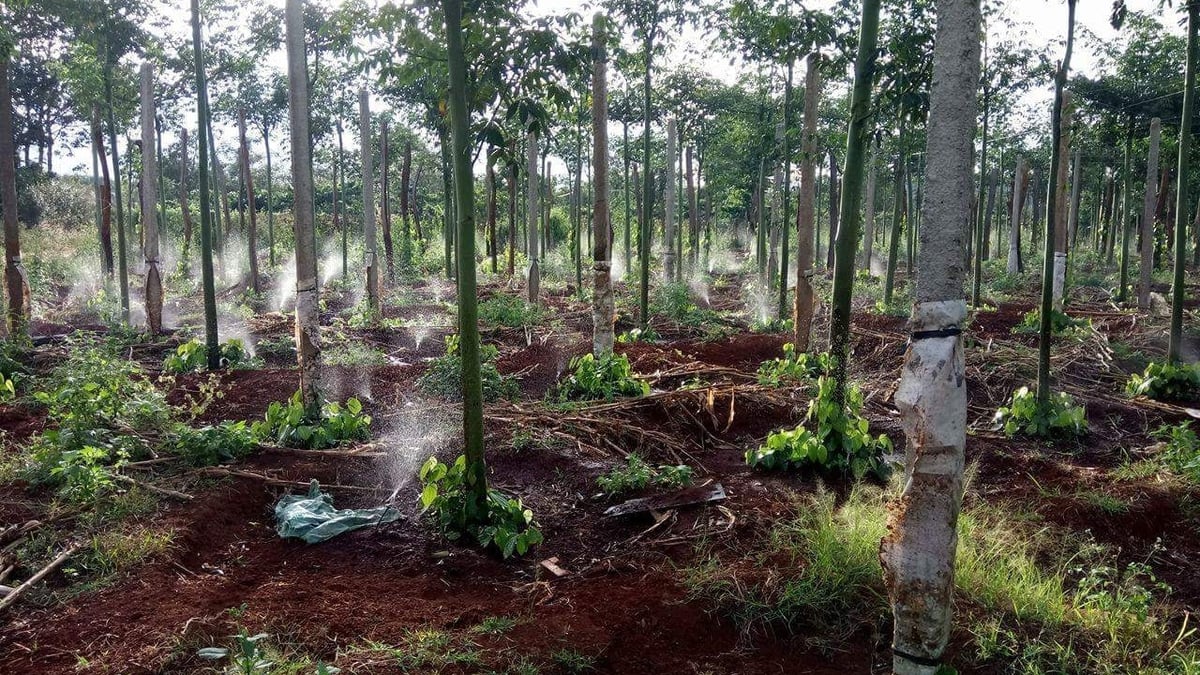
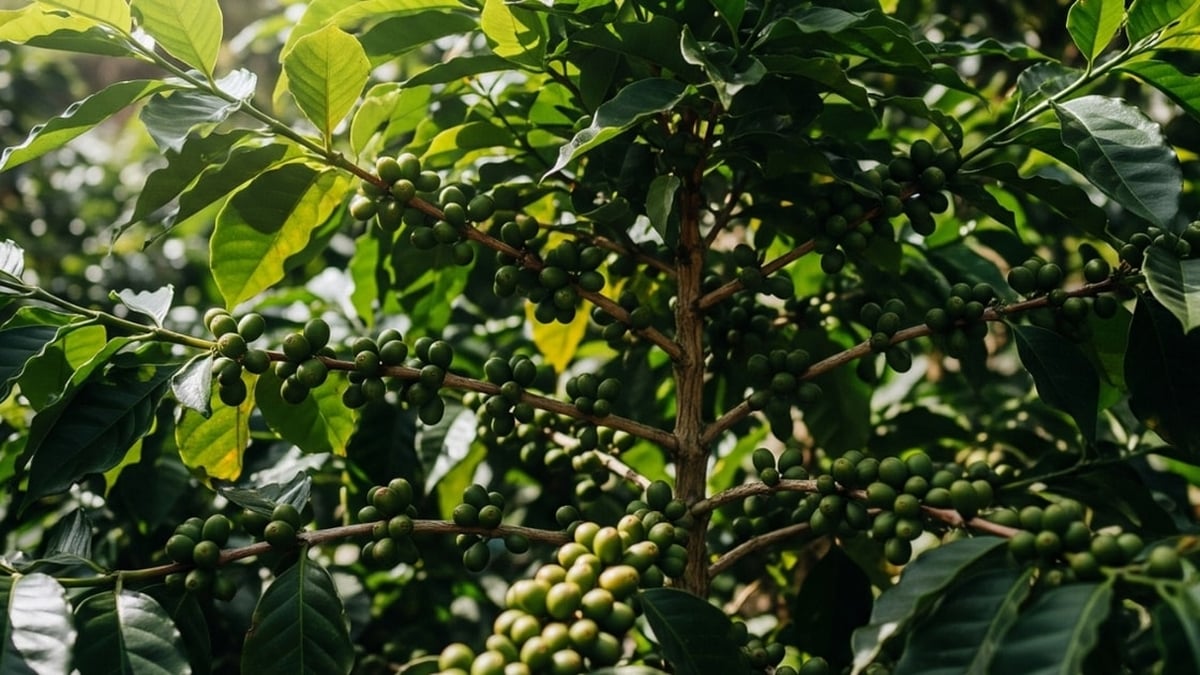

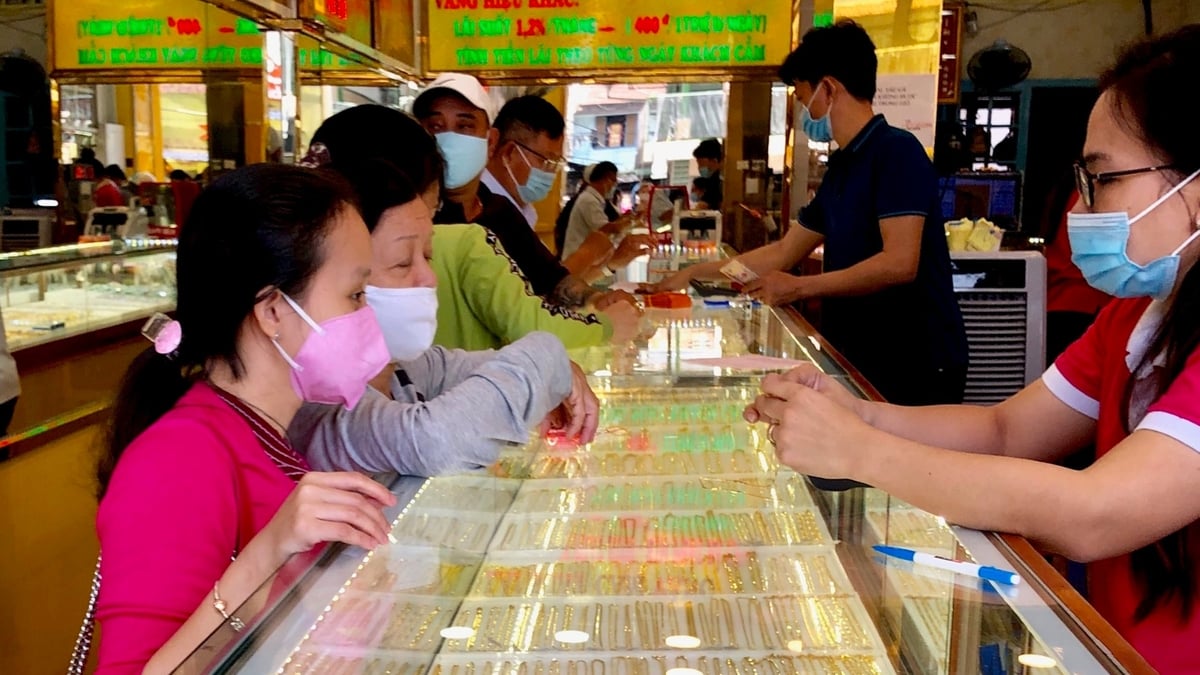














![[Infographic] Vietnam-Senegal traditional friendship](https://vphoto.vietnam.vn/thumb/1200x675/vietnam/resource/IMAGE/2025/7/23/4c96a604979345adb452af1d439d457b)






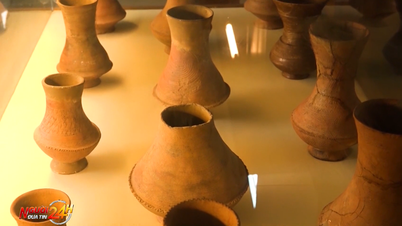



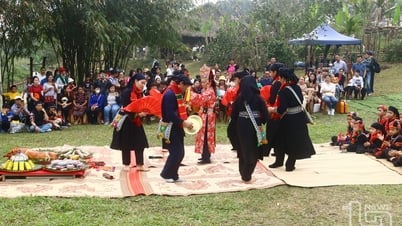
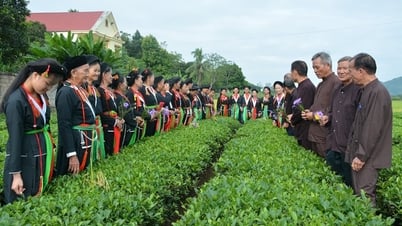

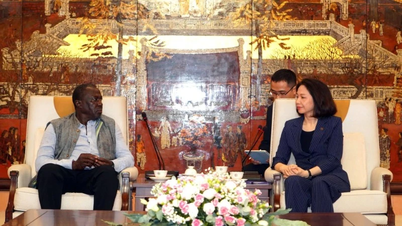




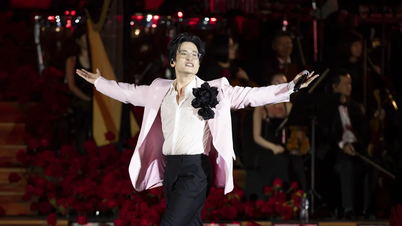









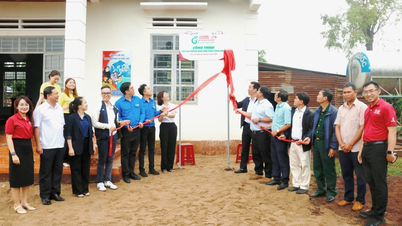

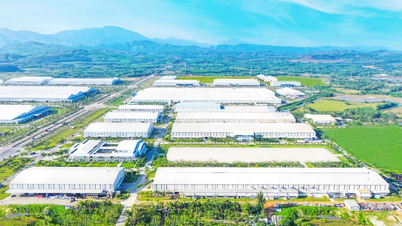




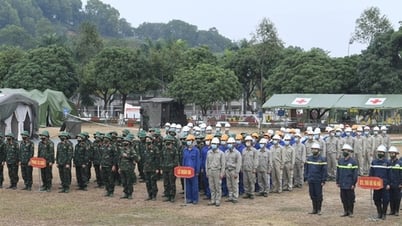

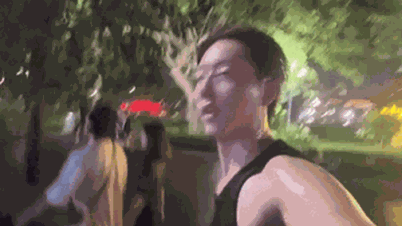



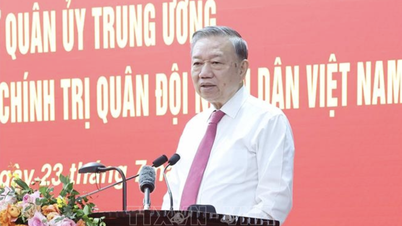

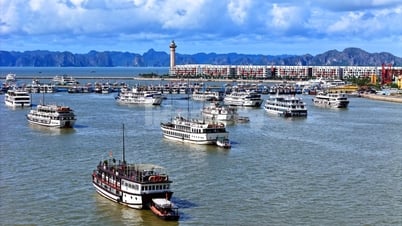

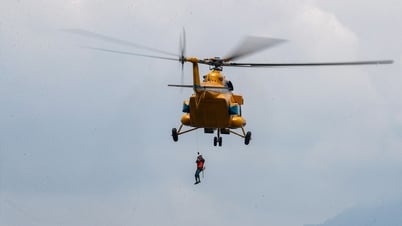

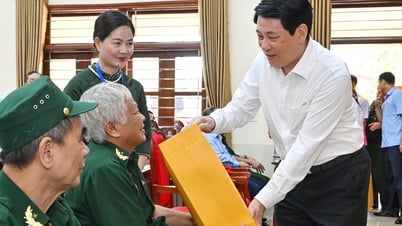

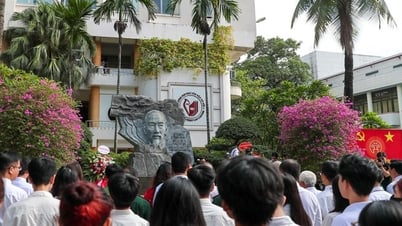



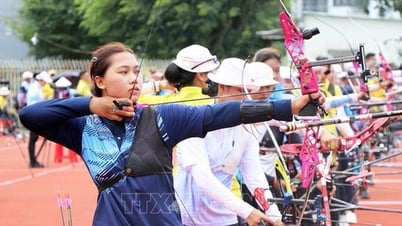
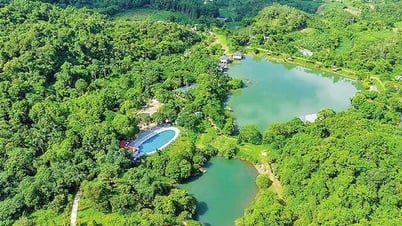







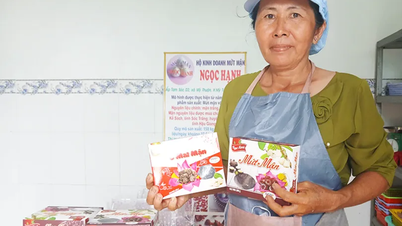

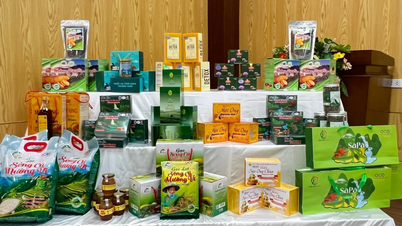











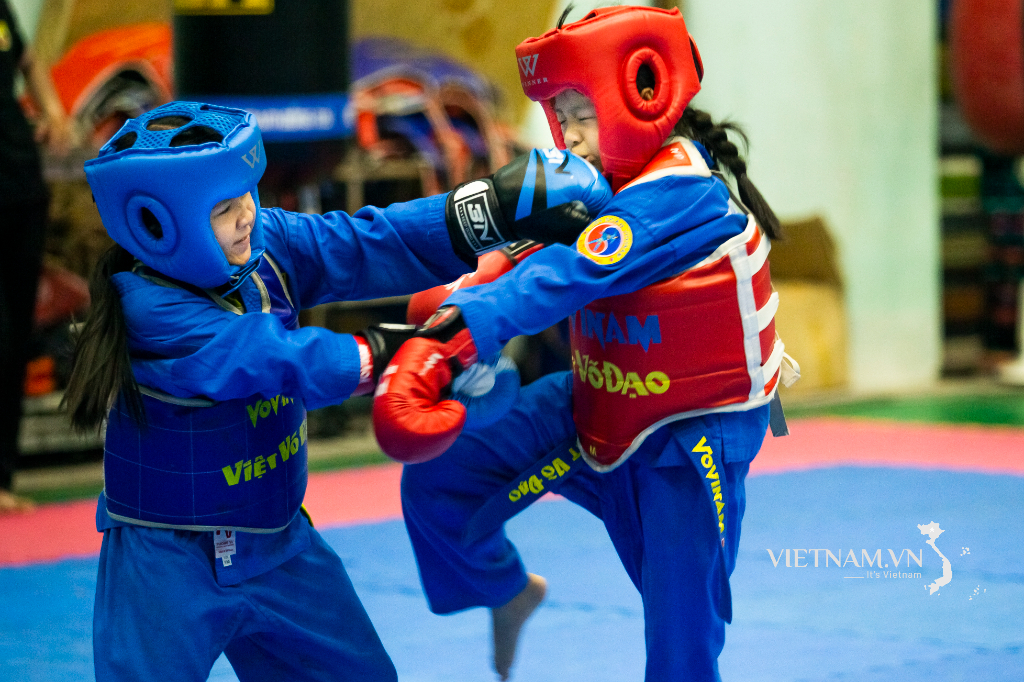

Comment (0)